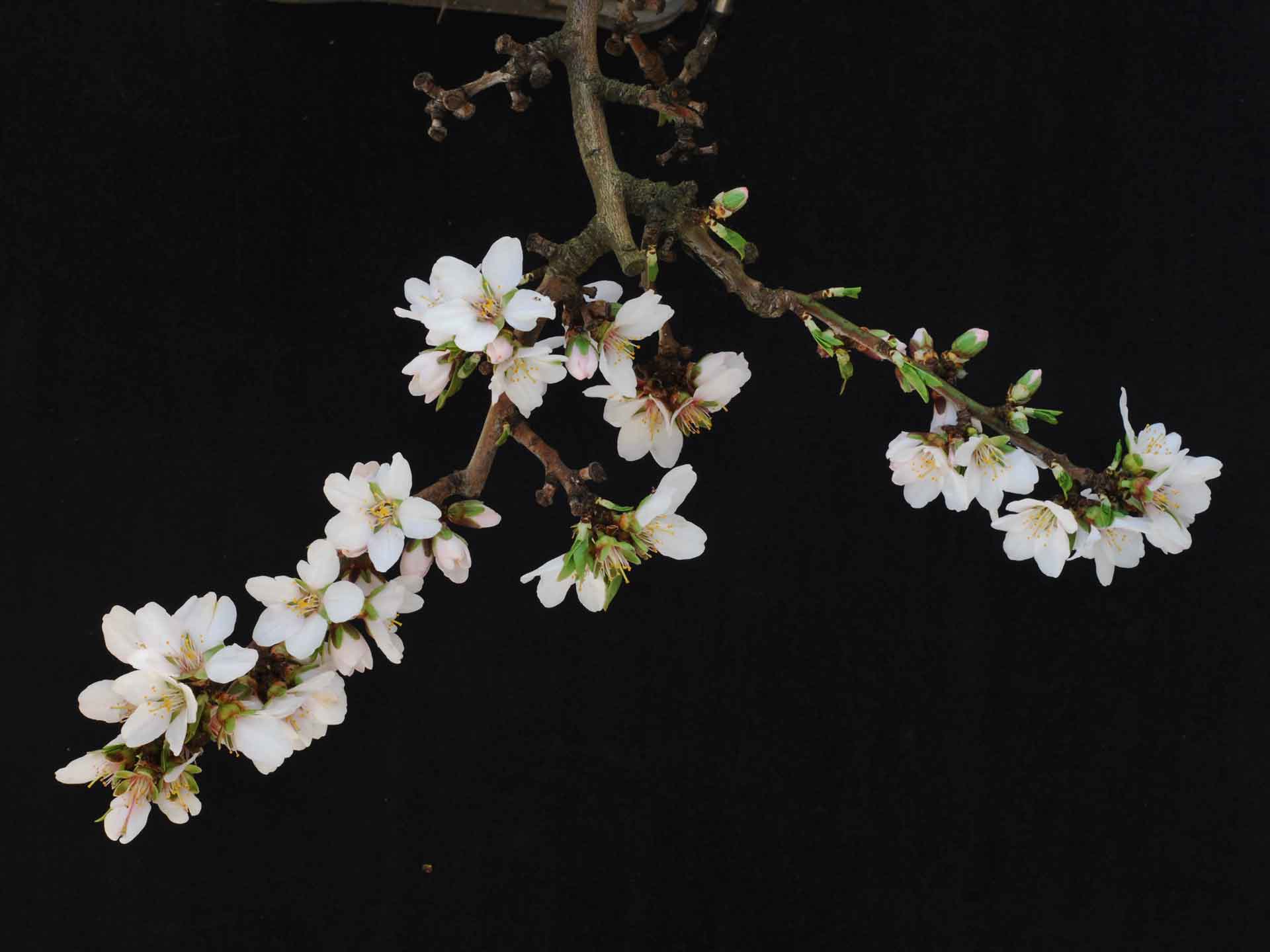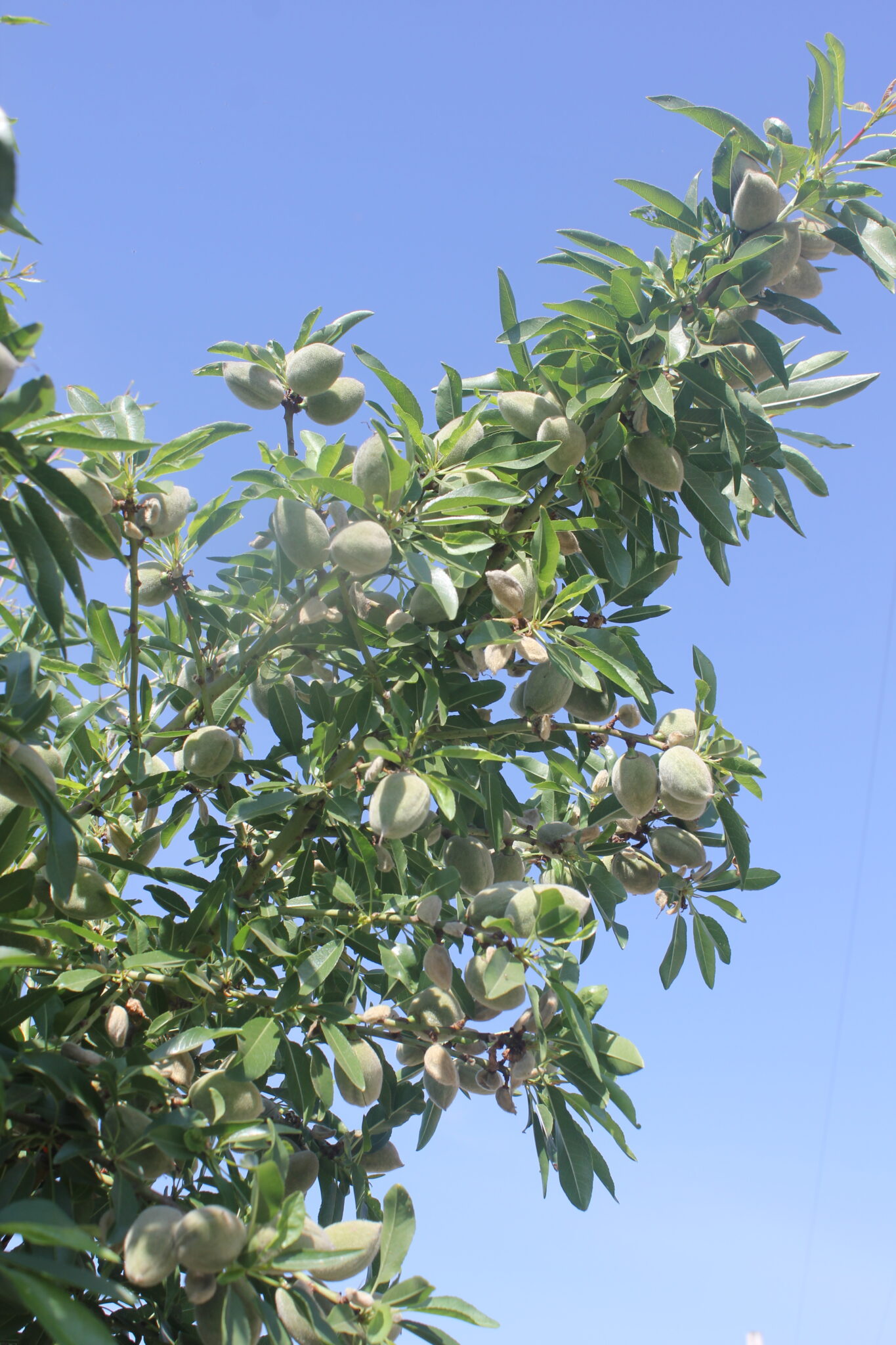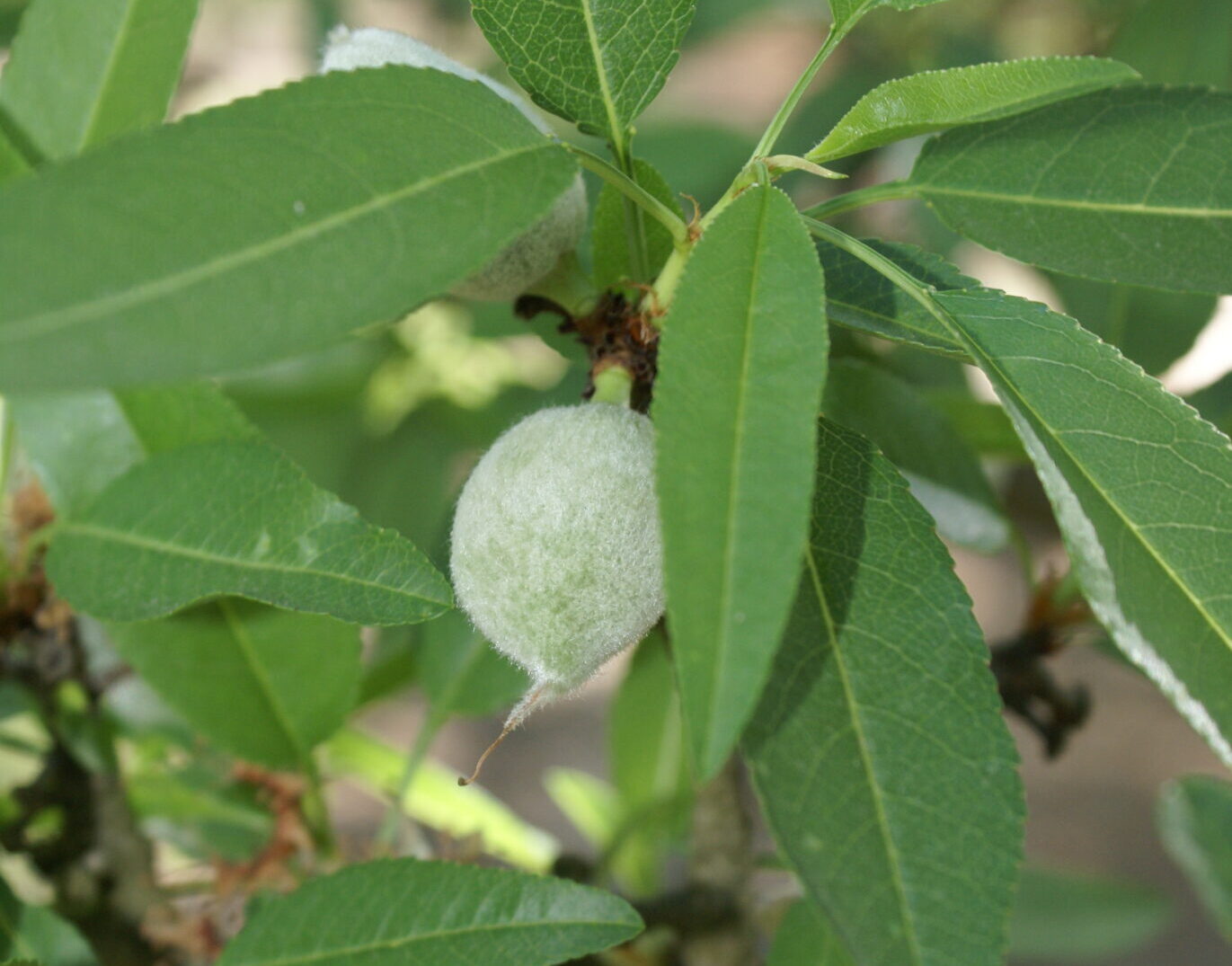
The integration of nutrient management is essential to an integrated pest management (IPM) plan. All my career, I have tried to highlight nutrient management as an environmentally sustainable and economically viable resource for agriculture. I truly believe in the potential for good nutrient management to aid us in the control of pests in our crops. With increasing regulatory and environmental challenges facing agriculture, we need to utilize good agronomic science in our consulting practices. Managing the inputs we depend on can go a long way in feeding an ever-increasing population.
Importance of Potassium
We know that potassium (K) is a primary nutrient critical for plant health. Potassium’s role is essential for the synthesis of proteins, starch and cellulose in plants. Cellulose is a primary component of cell walls. Deficiency of this critical nutrient causes cell walls to become leaky, resulting in high sugar (starch precursor) and amino acid (protein building blocks) concentrations in the apoplast. When K is sufficient, there is an increase in the synthesis of the high-molecular-weight compounds such as proteins, starches and cellulose. This depresses the concentrations of low-molecular-weight compounds such as soluble sugars, organic acids, amino acids and amides in the plant tissue.
It is known that these higher concentrations of low-molecular-weight compounds sustain development of infections and insect infestations. The lower concentrations of those compounds brought about by sufficient levels of K leaves a plant less vulnerable to disease and pest attacks. Adequate K increases phenol concentrations which play a role in plant resistance. The synthesis of other defensive compounds in K-sufficient plants have resulted in higher pest mortality, according to research findings.
Role in Other Crops
If we begin to fully understand the role of potassium in a crop such as almonds, we can start to understand crop nutrition’s role in other crops. In a study by UC Davis, the following was found to be true.
“Potassium (K) is important for helping plants move and store energy, regulate water loss, grow, flower and fruit. Almonds are particularly K-hungry crops. UC Davis and UCCE research found that inadequate potassium decreased yields by increasing spur death and the percent of spurs that had flowers, and thus set nuts.”
Following a heavy cropping year, spur survival was 11% lower in potassium-deficient trees (decreasing from 59% to 48%). Of bearing spurs that survived, fruiting spurs decreased from 48% to 40% (the rest produced leaves but not flowers). If spurs had been vegetative the year before, 86% of the spurs on the high potassium trees set fruit, whereas only 75% set fruit in the low potassium trees.”
Lower spur survival with decreased bearing spurs means reduced yield. Combine this with weaker cell structure and higher concentrations of low-molecular-weight compounds and it can equal increased vulnerability to pests.

The role of potassium has been extensively studied. One study mentions that after thousands of references were reviewed, it was found that the use of K significantly decreased the incidence of fungal diseases by 70%, bacteria by 69%, insects and mites by 63%, viruses by 41% and nematodes by 33%. Meanwhile, K increased the yield of plants infested with fungal diseases by 41%, bacteria by 57%, insects and mites by 36%, viruses by 78% and nematodes by 19%.
Sufficient potassium in almonds, as in many other crops, promotes the production of defensive compounds (such as phenols), which are an important component in plant pest resistance. An adequate potassium concentration within the plant decreases the internal competition with various pests and pathogens for resources. With this reminder, I have always liked to quote the world’s scientists with these following facts. If we isolate the damage to just one pest such as fungal disease, we can see some of the impact balanced nutrition can have to aide in continuing to feed the world.
More than 600 million people could be fed each year by halting the spread of fungal diseases in the world’s five most important crops.
World scientists are calling for new solutions to prevent the proliferation of existing and emerging fungal infections in plants and animals in order to prevent further loss of biodiversity and food shortages in the future, and plant nutrition is part of the solution.
Fungal infections presently destroy at least 125 million tons of the top five food crops – rice, wheat, maize, potatoes and soybeans – each year, which could otherwise be used to feed those who do not get enough to eat. These crops provide the majority of calories consumed by humans.
The damage caused by fungi to rice, wheat and maize alone costs global agriculture $60 billion per year.
It should go without saying that using plant nutrition to aide in our fight against pests, we could feed even more. Additional studies need to be conducted, but we should understand the importance of balanced crop nutrition in pest management. Most crop consultants understand that a healthy plant combats disease and pest pressure. As a CCA and CPAg (Certified Professional Agronomist), I have witnessed these benefits and encourage all crop consultants to look deeper into the roles of all nutrients in this battle. Many of the critical nutrients play an active role in allowing the plant to achieve some pest resistance naturally.

Resources
Mineral Nutrition Contributes to Plant Disease and Pest Resistance by Arnold W. Schumann, Tripti Vashisth and Timothy M. Spann. University of Florida Ifas Extension Publication #Hs1181. March 2018.
The effect of potassium nutrition on pest and disease resistance in plants by Anna Amtmann, Stephanie Troufflard and Patrick Armengaud. Physiol Plant. August 2008.
Potassium management for sustained almond yields by Katherine Jarvis-Shean. Sacramento Valley Orchard Source. October 2019.
Tackle fungal forces to save crops, forests and endangered animals, say scientists. Imperial College London. April 2012.










